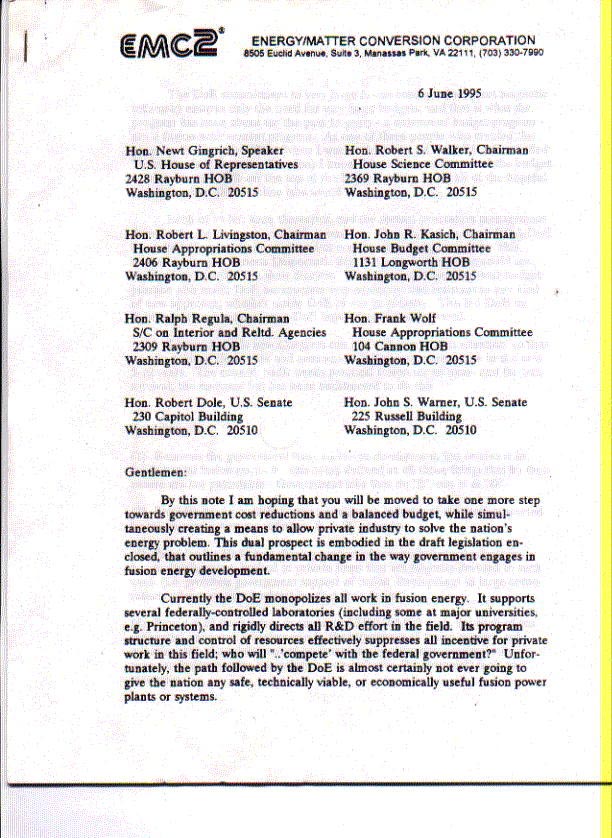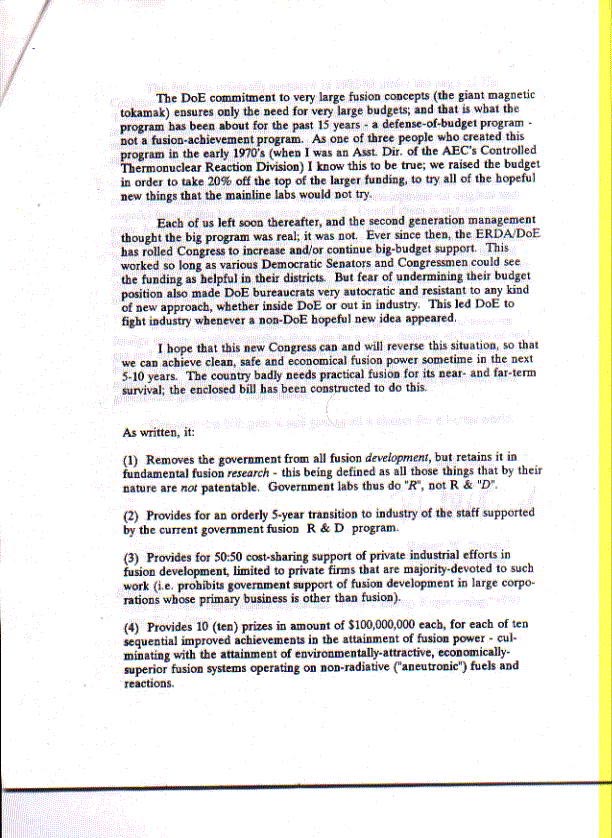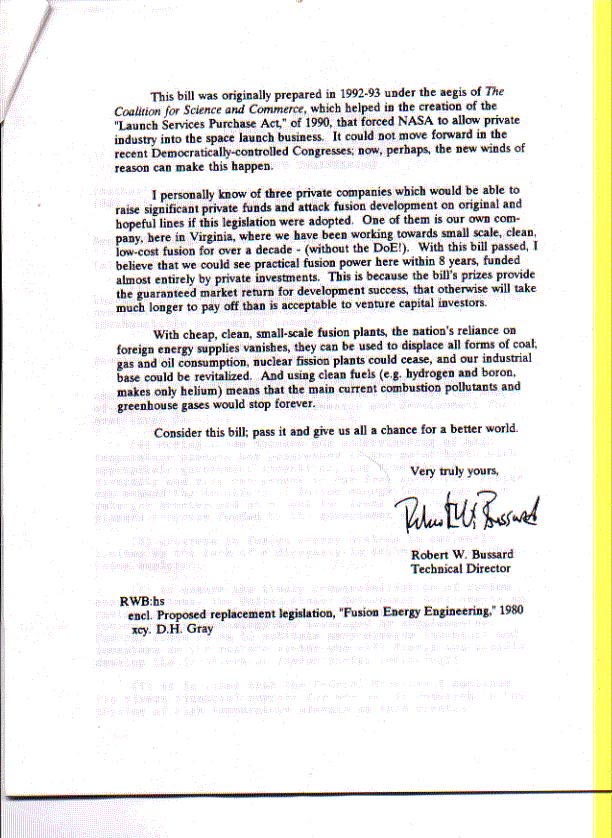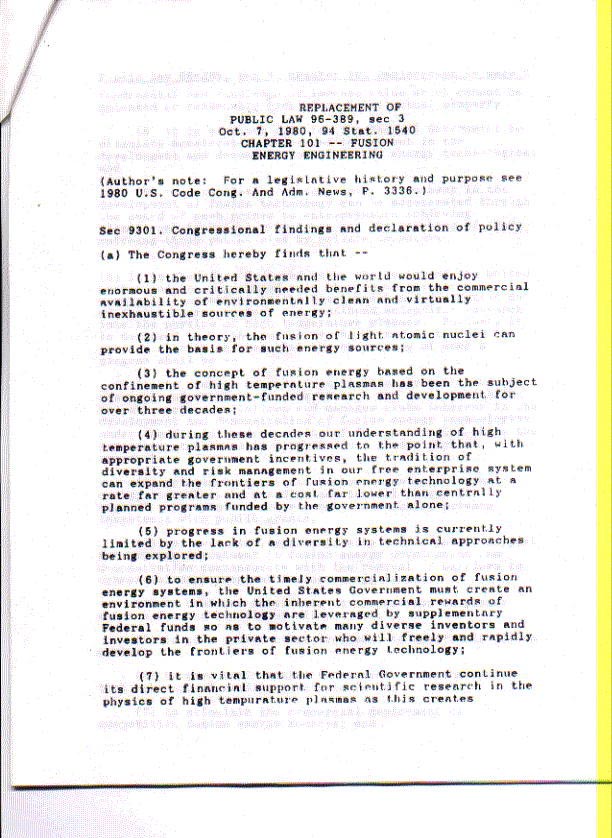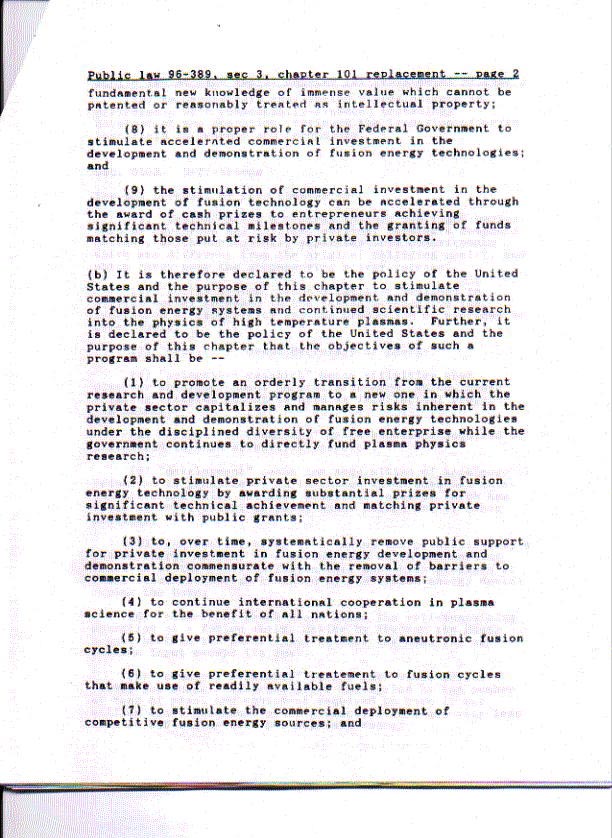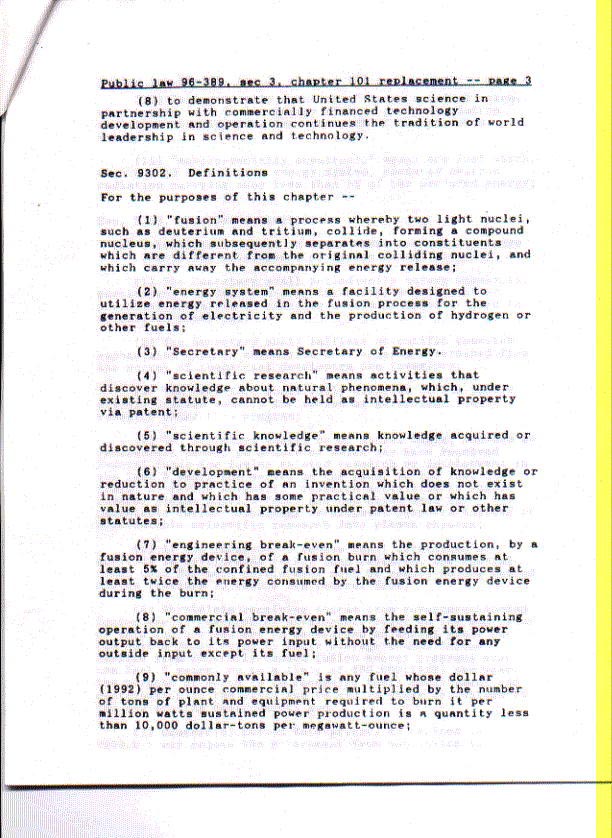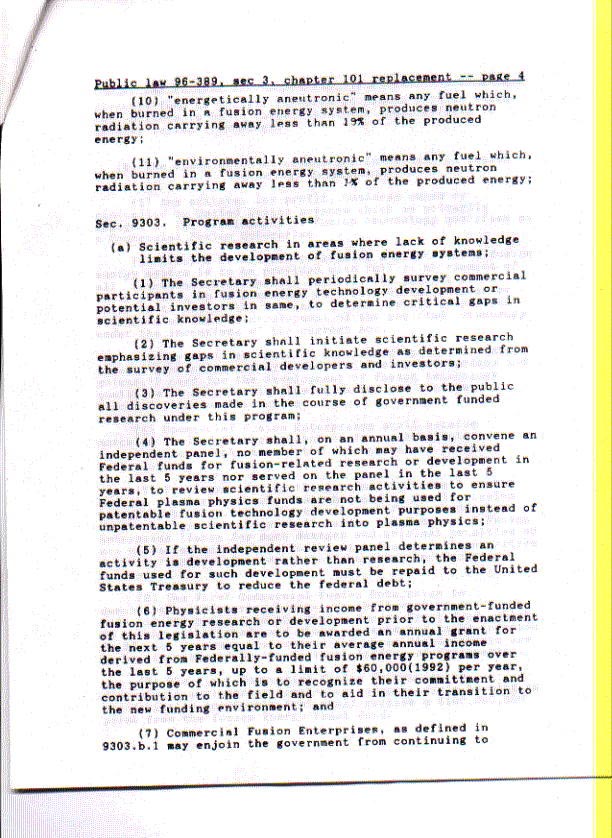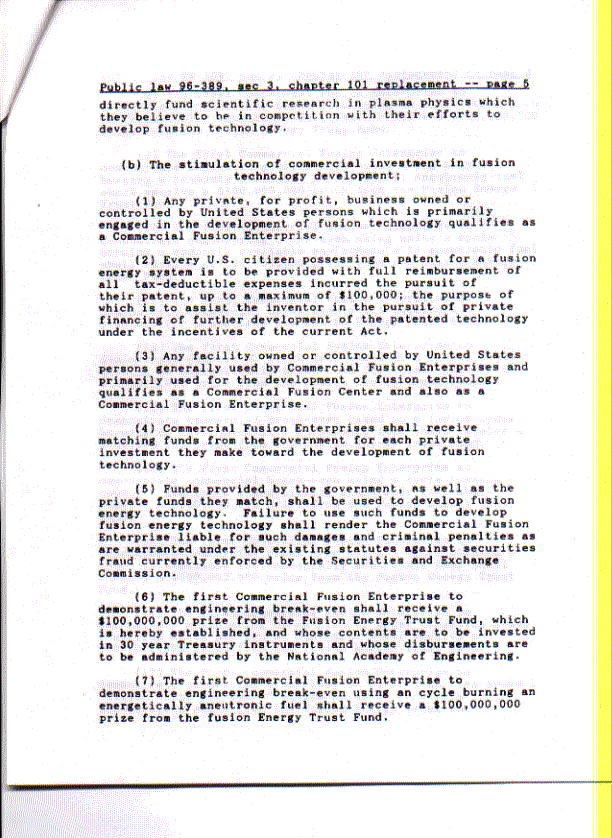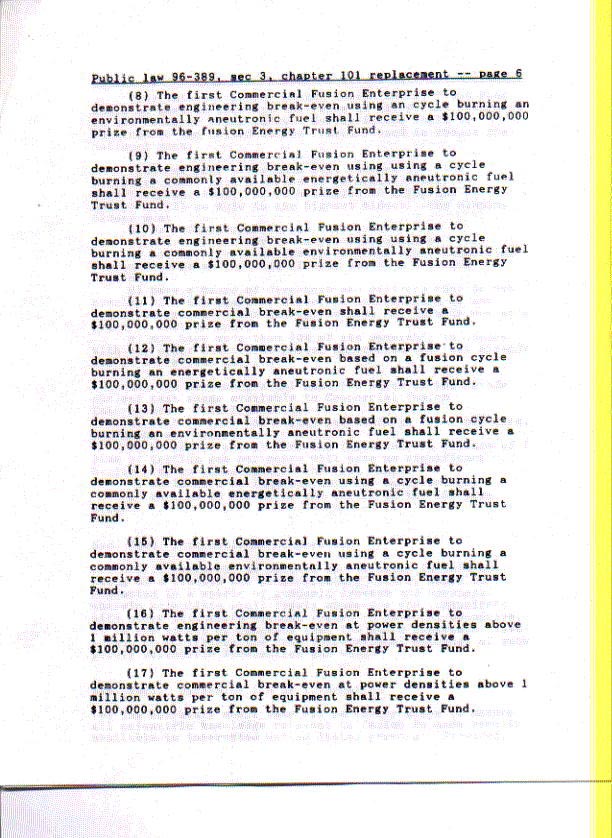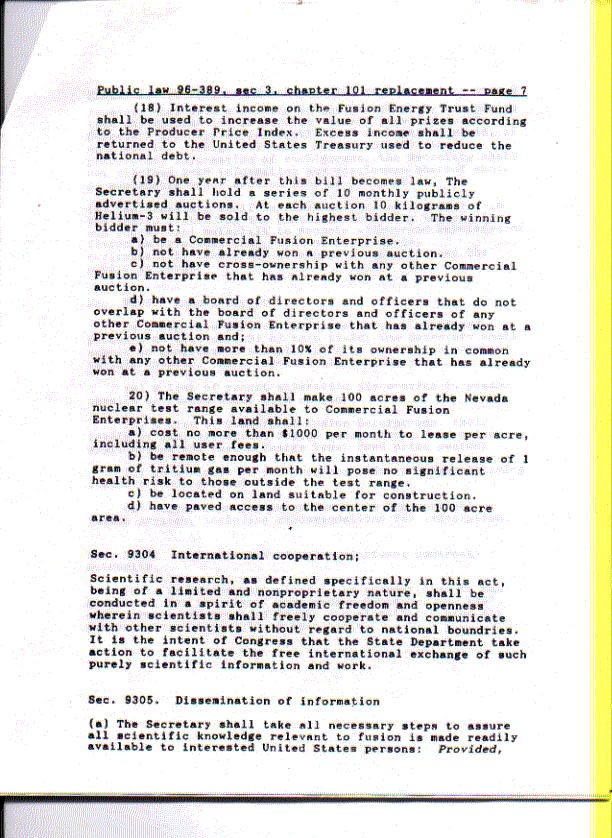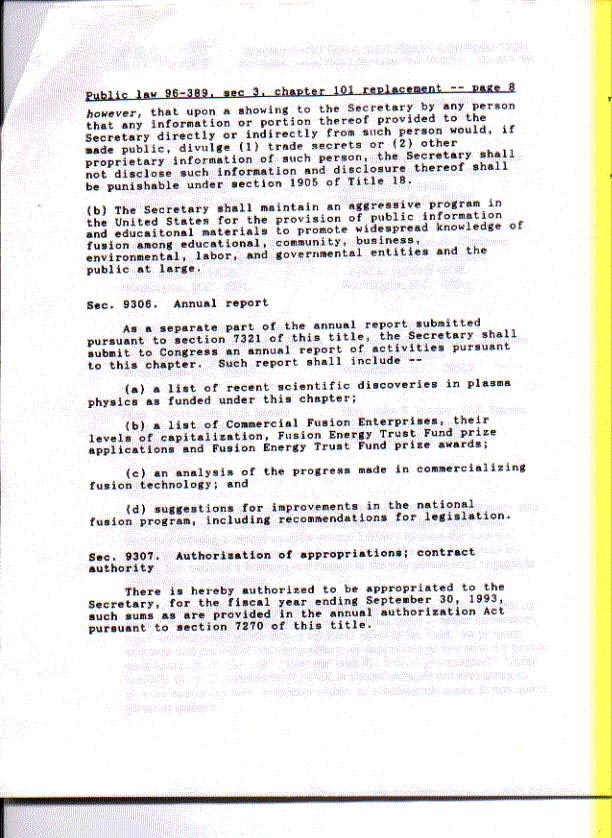"Never, ever, think about something else when you should be thinking about the power of incentives.” – Charlie Munger
Government technology programs, such as fusion, need to be reformed around incentives.
I’m about to drop a bombshell on you about the government’s fusion energy program’s incentives. It places the perennial “news” about “fusion breakthroughs” (such as the recent one about “break even”) in perspective.
Technology prizes with objective criteria create incentives.
We’ve all heard of the X-Prize. It catalyzed interest in commercial space technology and one might well argue helped motivate the creation of SpaceX as well as Blue Origin. One of its precursors was The Launch Services Purchase Act of 1990, for which I gave testimony before Congress titled “Necessity and Incentives Opening the Space Frontier”. The key word here is “incentives”. It bears repeating the quote from Charlie Munger, Warren Buffet’s long-time partner:
"Never, ever, think about something else when you should be thinking about the power of incentives.”
Close on the heels of my testimony before Congress regarding legislated incentives to create a space launch service industry, I turned my attention to the government’s moribund fusion energy program.
The images below are of a 1995 legislative proposal sent by Robert W. Bussard, one of the founders of the US fusion energy program, to Congress suggesting that the fusion energy program be replaced by a system of prize awards for timely achievement of specific technical milestones.
Dr. Bussard’s cover letter contains some historically very important disclosures concerning the founding of the United States government’s fusion energy program - in particular this excerpt:
The DoE commitment to very large fusion concepts (the giant magnetic tokamak) ensures only the need for very large budgets; and that is what the program has been about for the past 15 years - a defense-of-budget program - not a fusion-achievement program. As one of three people who created this program in the early 1970’s (when I was an Asst. Dir. of the AEC’s Controlled Thermonuclear Reaction Division) I know this to be true; we raised the budget in order to take 20% off the top of the larger funding, to try all of the hopeful new things that the mainline labs would not try.Each of us left soon thereafter, and the second generation management thought the big program was real; it was not. Ever since then, the ERDA/DoE has rolled Congress to increase and/or continue big-budget support. This worked so long as various Democratic Senators and Congressmen could see the funding as helpful in their districts. But fear of undermining their budget position also made DoE bureaucrats very autocratic and resistant to any kind of new approach, whether inside DoE or out in industry. This led DoE to fight industry wherever a non-DoE hopeful new idea appeared.
The legislation, itself, was written by me in 1992, as Chairman of the Coalition for Science and Commerce with input actively solicited from all the privately financed fusion energy companies in existence during the early 1990s. The idea was to make a competition that the likely participants would view as not only fair, but also as likely to attract participation from capital sources not normally available to high-risk, long-term-payback development projects.
A table of contents of the cover letter and legislative language:
- Cover letter page 1: Introduction.
- Cover letter page 2: Confession of political subterfuge with outline of legislative measures to correct it.
- Cover letter page 3: On the legislation’s origin and importance.
- Legislative language page 1: Findings.
- Legislative language page 2: Policy Declaration.
- Legislative language page 3: Definitions.
- Legislative language page 4: Program Activities.
- Legislative language page 5: Stimulation of Commercial Investment in Fusion Energy Technology.
- Legislative language page 6: Stimulation of Commercial Investment in Fusion Energy Technology.
- Legislative language page 7: Disposition of Interest, Helium-3, Test site land, Scientific findings and Information.
- Legislative language page 8: Reporting and authorization of appropriations.
An interesting and even amusing historical anecdote: I hadn’t participated in politics for a few years when the late Robert Johnson, with whom I was working at the time, came up to me with a letter in hand and said (paraphrasing), “I just received this from a colleague of mine at UCLA. Since I know you’re interested in fusion energy technology and its policy, I thought you might want to review it. Apparently its gone out to all the research labs as well as Congress.” When I looked at it, I recognized Bob Bussard’s letterhead, and then when I opened to the legislative language, there I saw the type from my old dot-matrix printer – which I was still using at the time I put forth the proposed draft legislation to the various fusion entrepreneurs. Bob (Bussard) had actually Xeroxed my draft – perforation tears, sprocket holes and all. You see, I had no money by the end of my attempt to change the world “through proper channels” and was doing the best I could with very old equipment.
